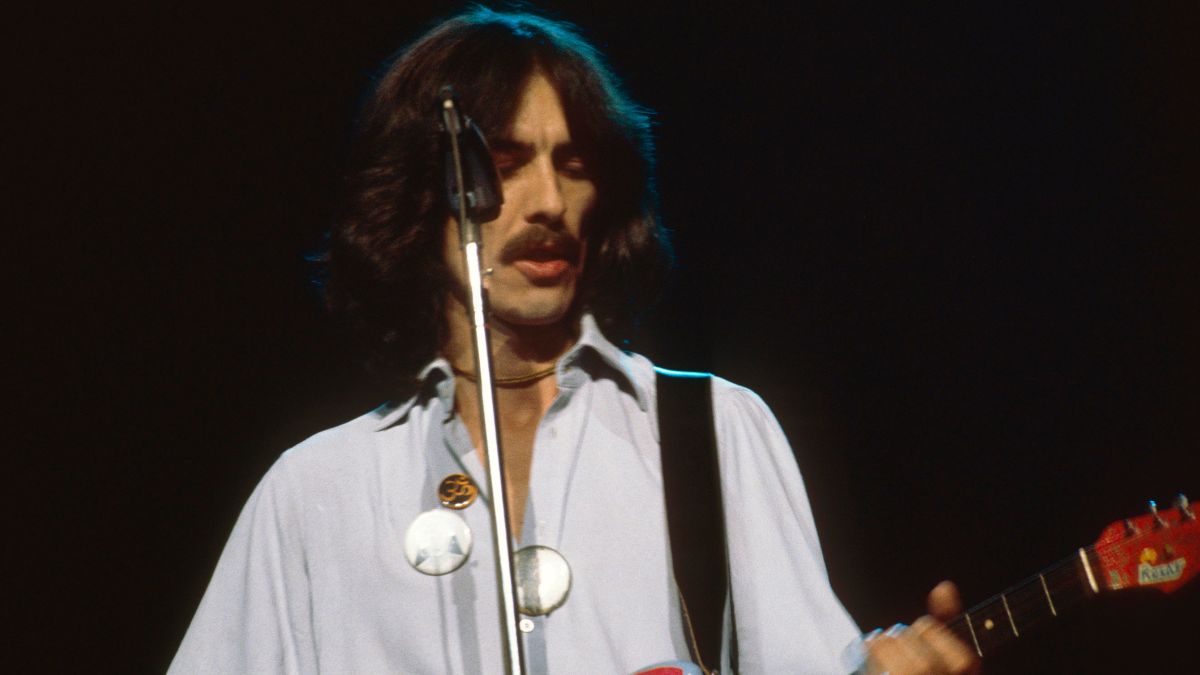“We we’re playing basketball, and he said, ‘I want to do something different — like a circus.’” Roger McGuinn on Bob Dylan’s big breakthrough, meeting the Beatles... and his question after hearing Tom Petty for the first time
The folk-rocker peels back the curtain on his friendships with a host of fellow music icons
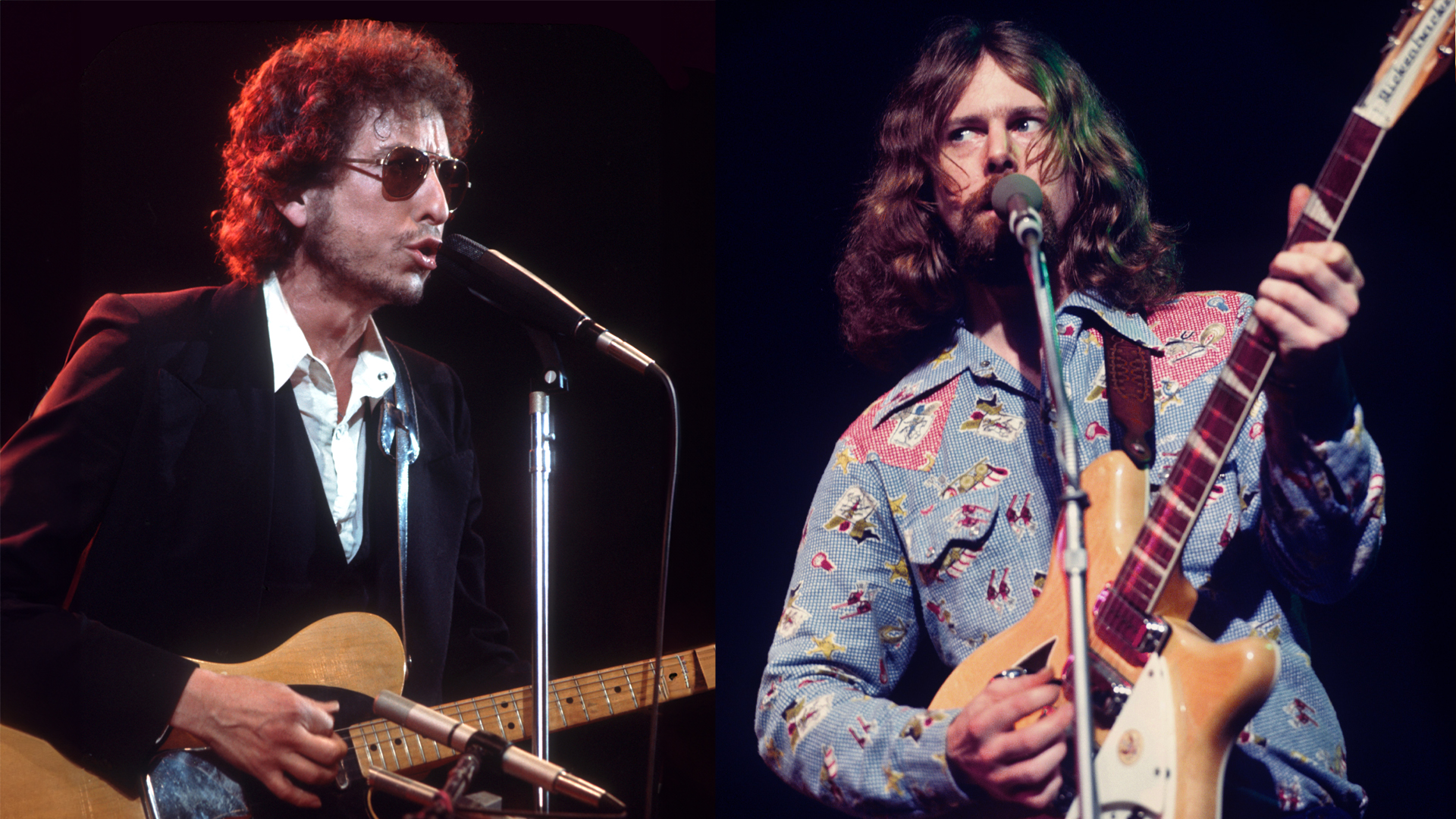
With the Byrds, Roger McGuinn gifted us chiming electric 12-string anthems like “Turn, Turn, Turn,” riff-laden cuts like “So You Want to Be a Rock ‘N’ Roll Star,” and proto-country-rock classics like Sweetheart of the Rodeo.
Beyond that, there’s his appearance alongside Bob Dylan in the Rolling Thunder Revue, wild LSD trips with John Lennon and George Harrison, and notable collaborations with Tom Petty, not to mention his profound influence over Petty and his partner in crime, Mike Campbell.
All of this is to say that McGuinn isn’t just an unassuming electric and acoustic guitar (and banjo) hero — he’s also lived one hell of an eventful life. It was with that in mind that McGuinn dialed in with Guitar Player to peel back the curtain on his relationships with his early mentor, the 1960s singer Bobby Darin, as well as David Crosby, Lennon and Harrison, Dylan, Petty and Campbell.
Bobby Darin
“I first met him at the Crescendo Club, where he offered me a job. I took it because I was looking to, well, actually, Barry Maguire [“Eve of Destruction”] had invited me to be part of the New Christie Minstrels, and I got my picture taken with them on the cover of TV Guide with the band. But I told Bobby that, and he said, ‘Nah, that’s a bad idea. That’s too big a group. You’ll get buried in a group that size.’
“Bobby offered me twice as much, so I took the gig and stayed with him for about a year and a half. Then he quit performing for a while, moved to New York, and became a songwriter in the Brill Building.
“But he was a mentor to me. I followed him around, and I used to ask him questions about the music business, and I told him I’d like to get into the movies. He came up with a script from [American actor and director] Jackie Cooper at one point, and it turned out to be something I didn’t want to do. But I did move to New York, and I became a studio musician at that point.
“But the script from Jackie Cooper was about a banjo player. I said, ‘Oh, I can do that.’ And then, I read the whole script, and it was about a banjo player. Bobby had remembered that I wanted to get into a movie, so he wrote this movie for me to be the lead in, but it was about a heroin addict. [laughs]
All the latest guitar news, interviews, lessons, reviews, deals and more, direct to your inbox!
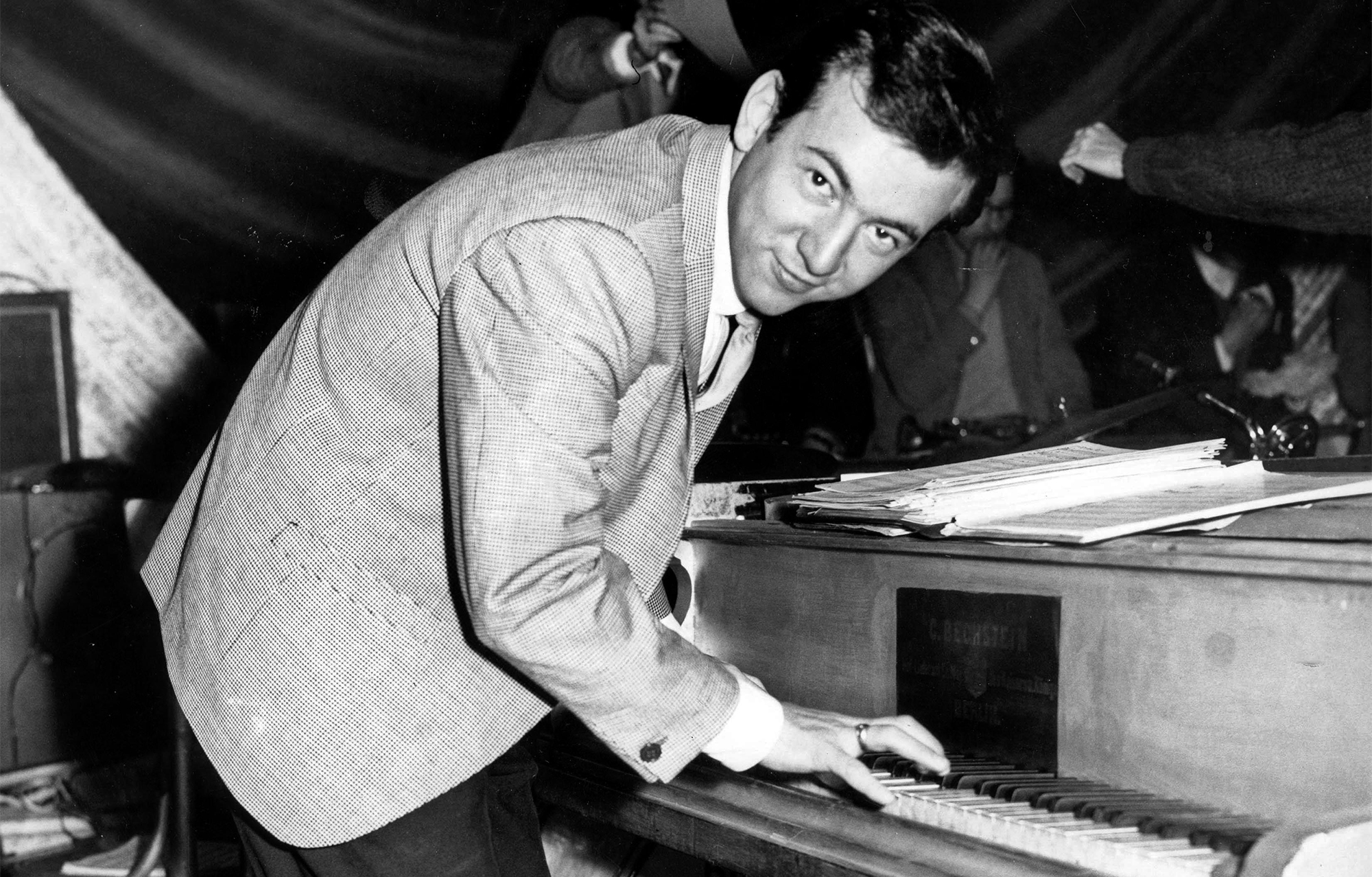
“I said, ‘Oh, Bobby, I don’t think I can do this,’ so I turned him down. I never did a movie with or for anybody. I didn’t work in Hollywood, but I’m still a banjo player.
“Bobby was a boss. It wasn’t like a friendly, ‘we’re buddies’ relationship. But he was kind and mentored me. He really cared about my growth as a musician and artist. I was with him the night he discovered Wayne Newton [the famed Las Vegas singer, known for his signature hit “Danke Schoen”].
“We were in Vegas, had a show in the main showroom, and were walking around the casino. Around the corner was the lounge where the acts who don’t play in the main room perform. And it was the Newton Brothers [Wayne and Jerry]. Bobby saw Wayne, and said, ‘Him. I’m gonna sign him.’ And he did.”
David Crosby
“He taught me how to drive. [laughs] I didn’t drive when I lived in Chicago — and this is 1960 — while I was working with [the folk group] the Limeliters. But after I left Chicago, David had this old Chevy convertible with four-inch seat belts that he got out of a DC-3. You know, he was really into safety.
“So he taught me how to drive in that. And with a good sense of humor, he took me to the corner of La Cienega and Sunset with a stick shift, and I wasn’t familiar with clutching and putting the thing in first gear and getting around the corner, but I did it.
“But in the Byrds, I think for the vocals, he was definitely important. And guitar-wise, he was a good rhythm player, but he didn’t play any lead, and I didn’t like his songwriting all that much. It was different from what we wanted to do. So I’d say his vocals were the main asset.
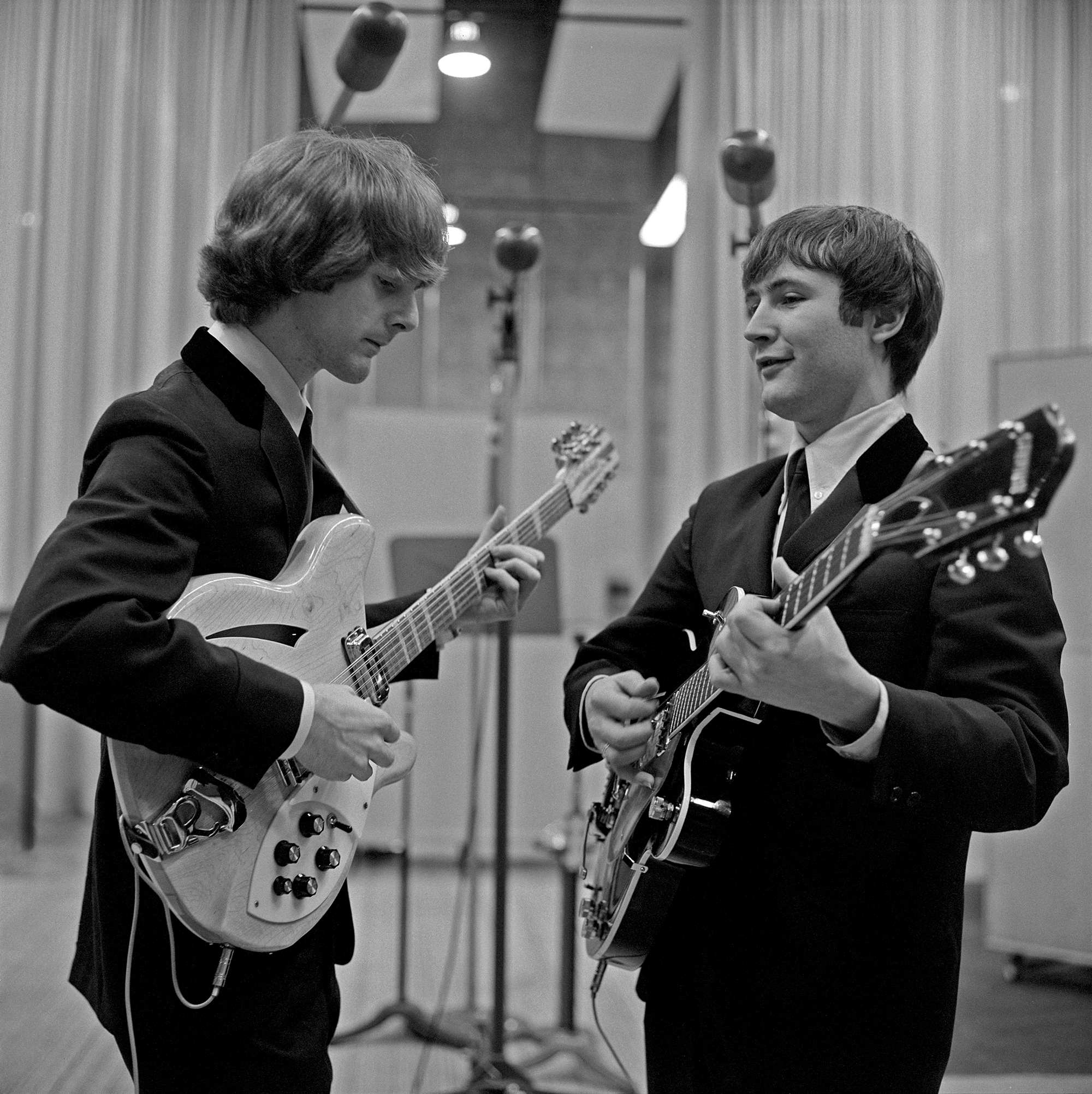
“And he and I were friends. I met him in 1960, and then, when we were getting the Byrds together, we were still friendly and having a good time. But tensions rose when people were getting songs on the record and other people weren’t.
“It became difficult. I think the final blow to me was when he said, ‘You guys are not good enough musicians to be playing with me.’ I didn’t think it was right, so Chris [Hillman] said, ‘We’ve gotta get rid of David.’ I agreed, and we went up and asked him to leave, and that was that. But we did him a big favor because he got into a ‘better’ band after that with Stephen Stills and Graham Nash.”
John Lennon and George Harrison
“I first met them in London in late ’65 or ’66. They were all really friendly, and they just loved the Byrds. We were having a great time together, and so I maintained a friendly relationship with all of them. I don’t think there was a rivalry. We were all friends. I don’t remember being rivals with the Beatles, or anybody! And the Bible says to seek one’s own glory is not glory, so I don’t think like that.
“But they were inspirational. Everybody I ever ran into inspired me to do something. I did take acid with them in Laurel Canyon, but my first LSD experience was in San Francisco in 1960, when it was still legal. The acid came from the Sandos Labs. It was on a sugar cube wrapped in aluminum foil and cost $10. [laughs] I was living in a commune in Russian Hill. That was my first acid experience.
“But when we and the Beatles took it in Laurel Canyon, I don’t think it really helped anything musically. It just got you high. [laughs] For me, it was just recreational. But I quit doing it because I had a bad trip. It was iffy. You could have a really fun time or a really bad time.
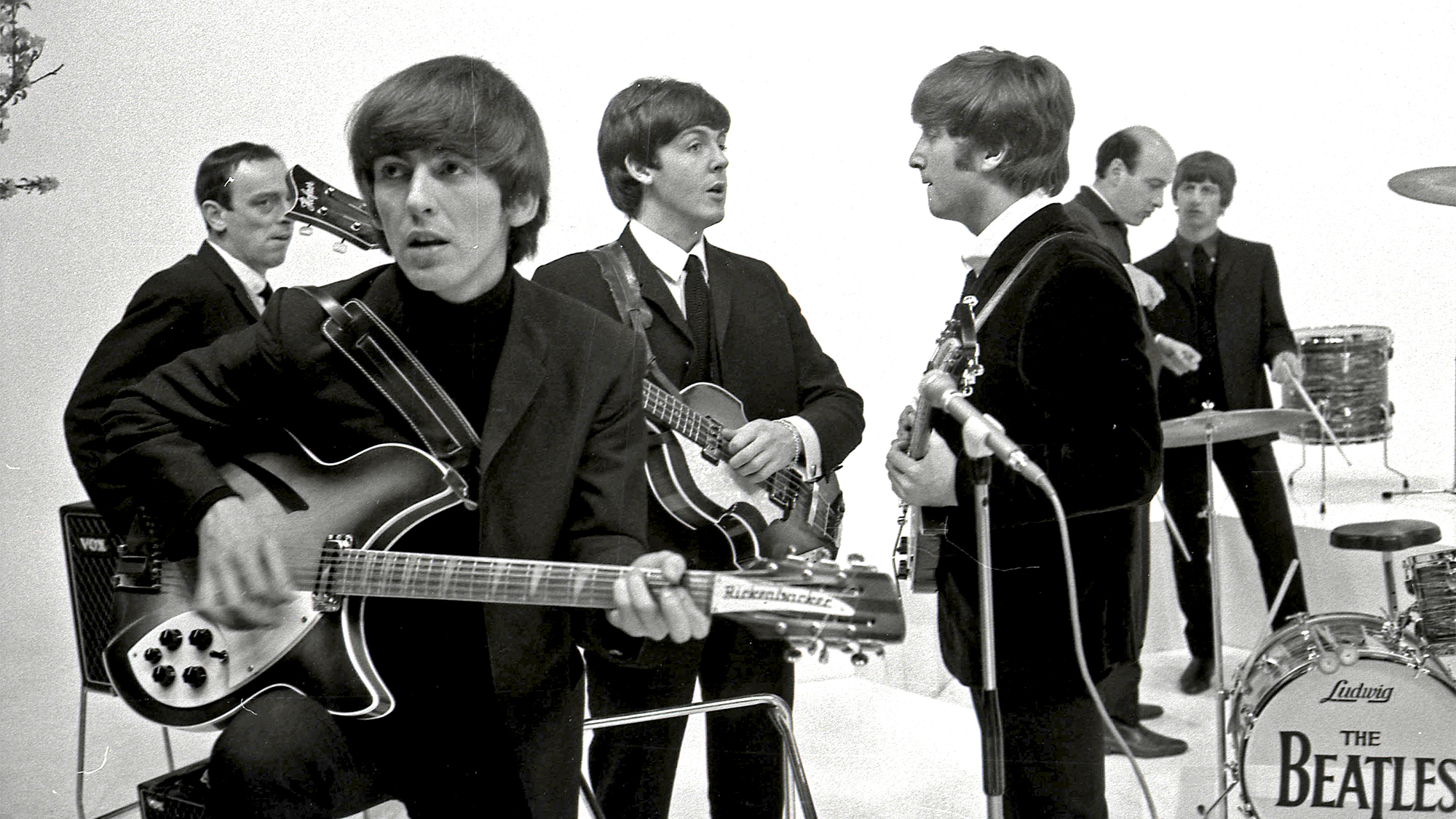
“I remember, later on, when Paul McCartney was playing at the Forum in LA. It was sold out, and I called up the Forum, and somebody backstage picked up the phone. I said, ‘This is Roger McGuinn from the Byrds.’ He got Paul, and Paul said, ‘Oh, come on down. I’ll get you in!’ So we were friendly.
“And I remember back during John Lennon’s Lost Weekend in LA, with Harry Nilsson. I was at the Record Plant. They were in one of the studios, and I walked by, and they invited me in. I played with them. I said, ‘You know, I didn’t fill out a W-4 form…’ [laughs] I just did it for old times’ sake, just to be friendly. John said, ‘Well, you’re the only one…’ I think that was the last time I talked to John.
“And then George I saw quite often when he was hanging out with Tom [Petty] at his house. We talked about guitars and stuff, and George really got into the ukulele and gave one or two to Tom. They’d be playing it, and we all really had a good time. We were just all hanging out and being friends.”
Bob Dylan
“Bob and I were neighbors in Malibu. He used to come over to my house, and he liked my house! I remember I was on the road, and I’d just bought this house in Malibu, and I got a call from my real estate agent, and she said, ‘I’ve got Bob Dylan here. He wants to talk to you.’
“Bob got on the line, and he said, ‘I want to buy your house.’
“I said, ‘Well, I just bought it, man. I wanna keep it. I love it.’ [laughs] He would come over to my house, and I don’t know if he wanted to see me or the house, you know? [laughs]
“But he’d come over, and we’d play pool. At one point he saw a basketball hoop out in the back, and he asked me if I had a basketball. I didn’t, but I got one the next day.
“So we we’re playing basketball in the back by the carport, and he said, ‘I want to do something different.’ I said, ‘What do you mean, man?’ He said, ‘I don’t know… like a circus.’
“And that’s what the Rolling Thunder Revue was. I got to New York, and I saw him again, and he invited me on the Rolling Thunder tour, and that was how that worked.
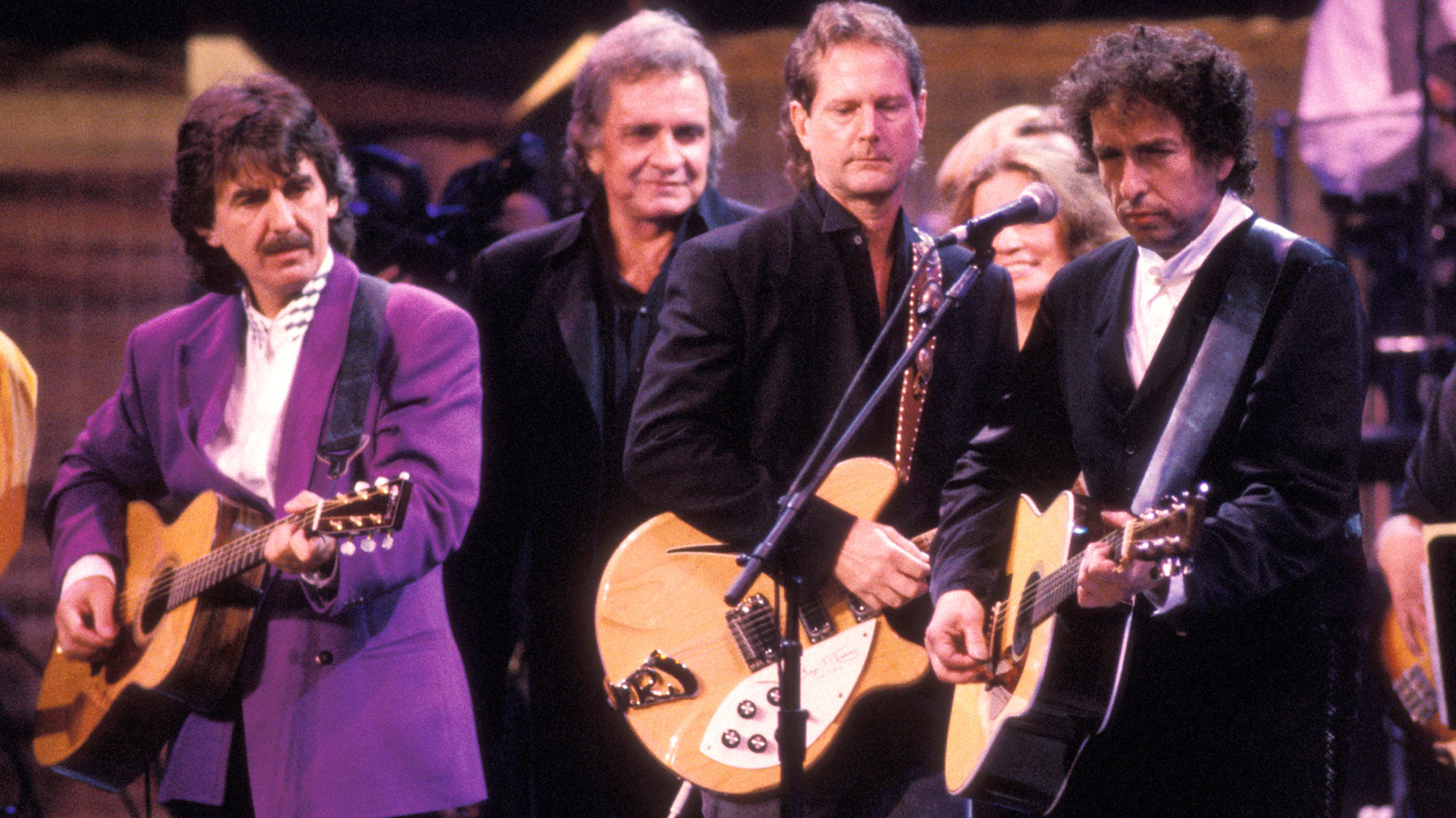
“If you’ve ever seen The Big Bang Theory, Bob is like Sheldon. [laughs] It’s like… he’s out there. He thinks in abstractions. And social graces are different. He doesn’t really have a conversation with you; he talks in abstractions a lot. I love the guy like a brother. But… he’s a little… challenging to have a friendship with.
“So he likes me at times. [laughs] He goes hot and cold. He liked me when we were hanging out together in Malibu. He liked me on the Rolling Thunder tour. He liked me when I did the 30th anniversary thing at Madison Square Garden with him. He was happy about my performance at that. I remember he told Tom Petty and George Harrison, ‘Wow, Roger really stole the show!’ He was very positive about that.
“So I know he’s liked me at times. I love the guy. And I loved performing with him. I loved singing ‘Knockin’ on Heaven’s Door’ with him.”
Tom Petty and Mike Campbell
“I met Tom in 1976, when I was getting ready to do an album for Columbia Records. I had most of the songs ready to go, but I needed a couple of extra songs to fill it out. And my manager was around the corner playing records and tapes, and I couldn’t see what he was putting on. And he put ‘American Girl.’
“I said, ‘When did I record that?’ [laughs] And he said, ‘It isn’t you!’ And I said, ‘I know. It’s a great song. Who is it?’
“And he said, ‘It’s this new guy, Tom Petty and the Heartbreakers.’ I said, ‘I want to meet him.’
“So the next day they arranged a meeting, and I got to meet Tom. We became friends, and I invited them to come to New York to play at the Bottom Line with me. We remained really good friends until his death.
“And I was honored because when I read Mike Campbell’s book [the 2024 memoir Heartbreaker]: There was one point where he was talking about playing like Roger McGuinn. I thought that was fun, you know? Mike’s a good friend, too, and I congratulated him on a really fun book to read. It brought back a lot of good memories.
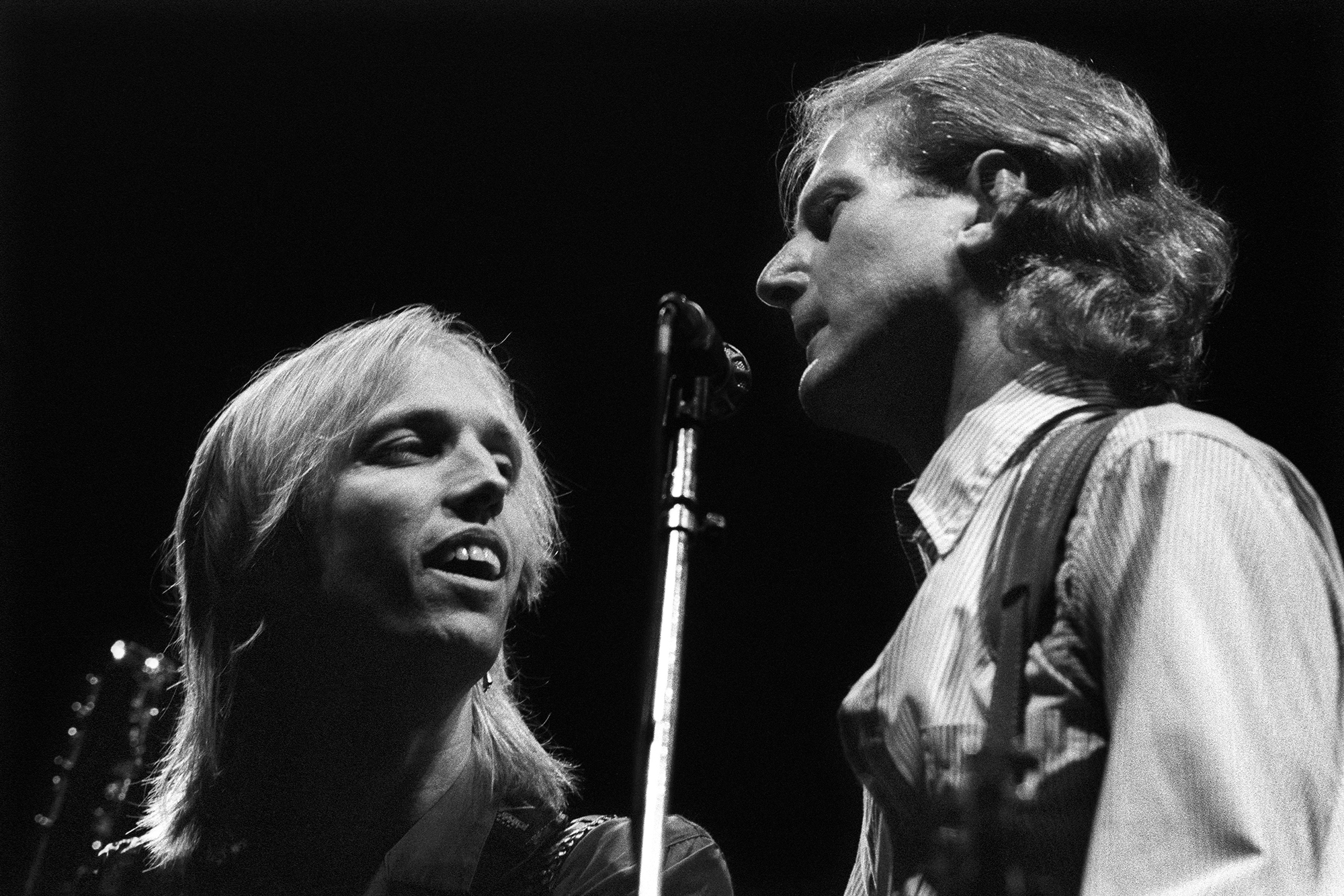
“But Tom was great. He was very gracious, very kind, and a friendly person. Some of my favorite memories are hanging out with him and George Harrison at his house in L.A. and just jamming. It was great working with him on [McGuinn’s 1991 album] Back From Rio. And the way that came about was a direct result of being on the Temples and Flames tour in Europe with Tom and Bob.
“We had a day off in Gothenburg, Sweden, and I had a tune, but I didn’t have any words for it. I showed the tune to Tom, and he liked it, and we sat there in the hotel room and wrote down ‘King of the Hill.’ And Mike Campbell had a four-track cassette recorder — a little kind of mini studio in a briefcase — so he came into the hotel room and recorded the demo of ‘King of the Hill.’
“That somehow got to Clive Davis, and they gave us a record deal, so it came out of that. Tom was a great songwriter. He described it as being from outer space. He didn’t want to investigate it too hard because he thought it might go away. I’ve had that, too. Some songwriters say that it comes from maybe from God, where you’re just getting the Holy Spirit telling you to write stuff.”
Andrew Daly is an iced-coffee-addicted, oddball Telecaster-playing, alfredo pasta-loving journalist from Long Island, NY, who, in addition to being a contributing writer for Guitar World, scribes for Rock Candy, Bass Player, Total Guitar, and Classic Rock History. Andrew has interviewed favorites like Ace Frehley, Johnny Marr, Vito Bratta, Bruce Kulick, Joe Perry, Brad Whitford, Rich Robinson, and Paul Stanley, while his all-time favorite (rhythm player), Keith Richards, continues to elude him.
